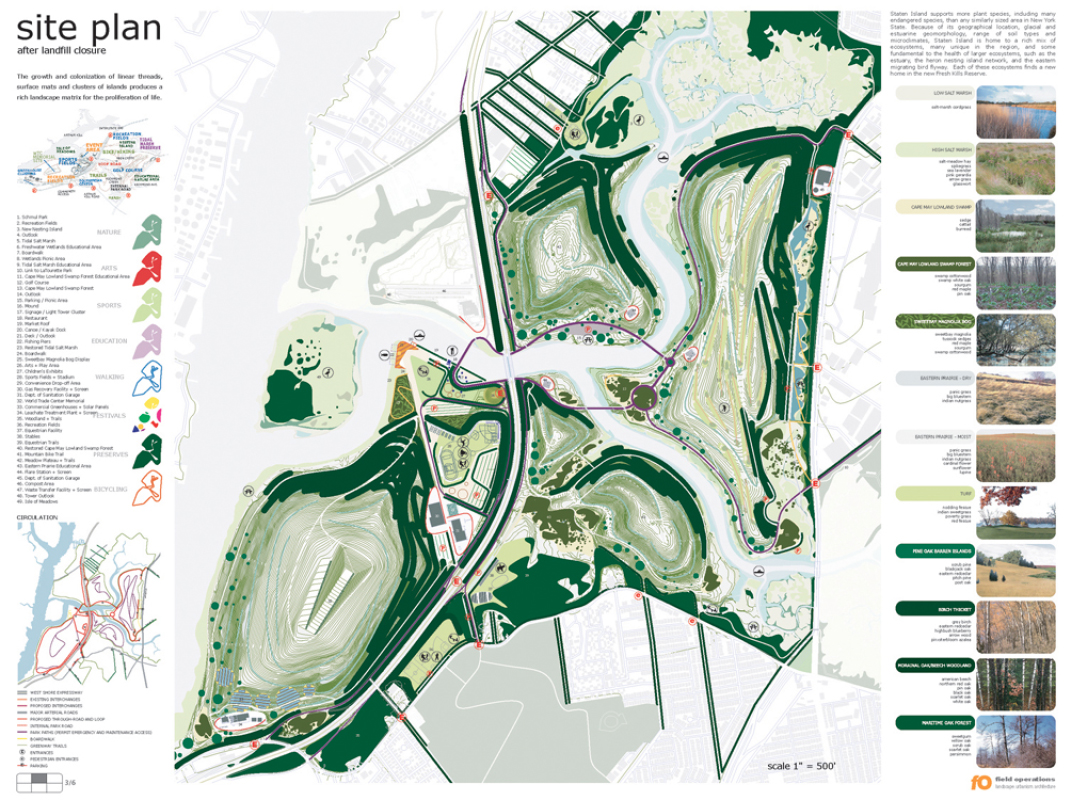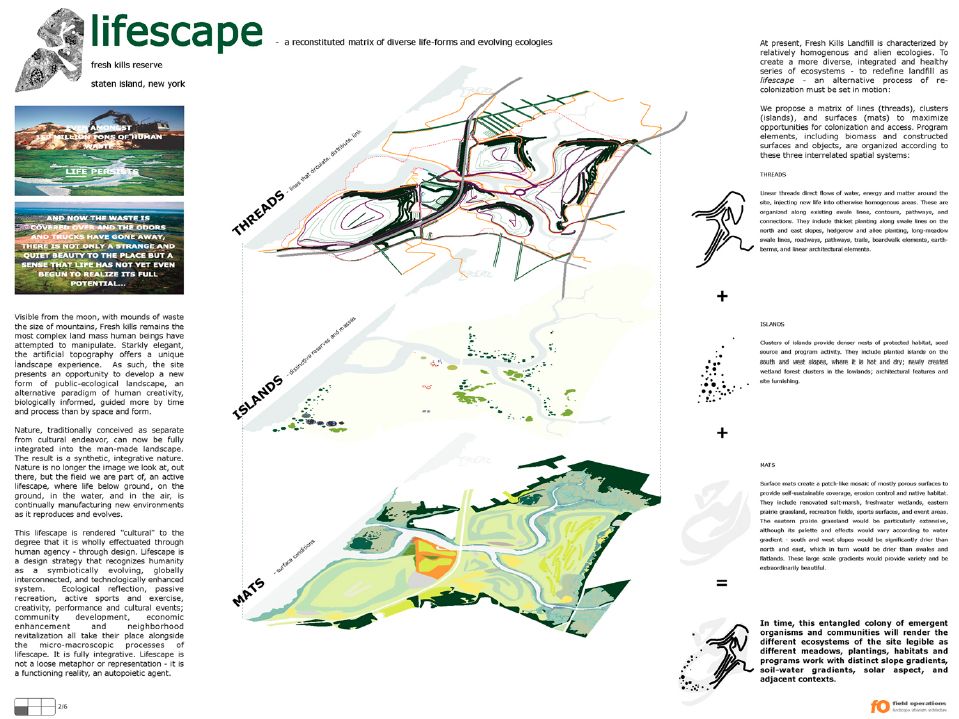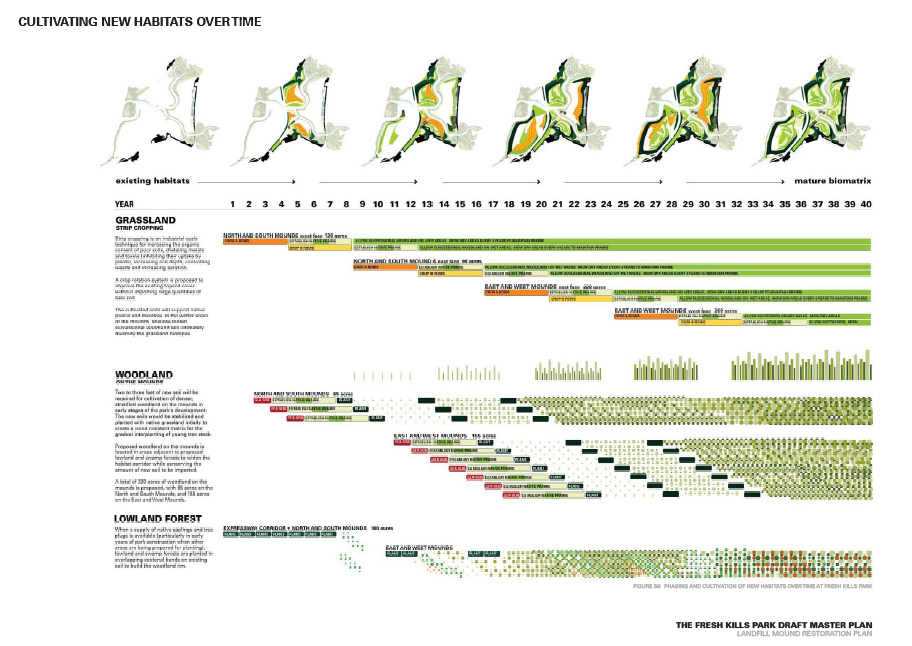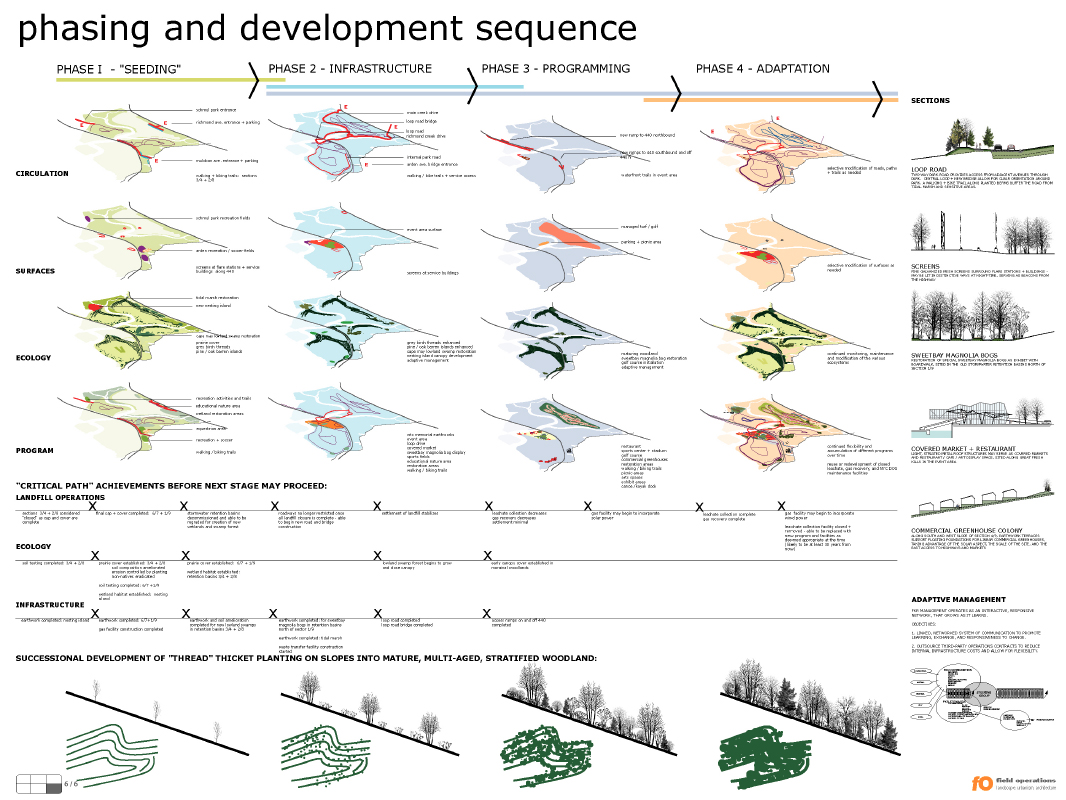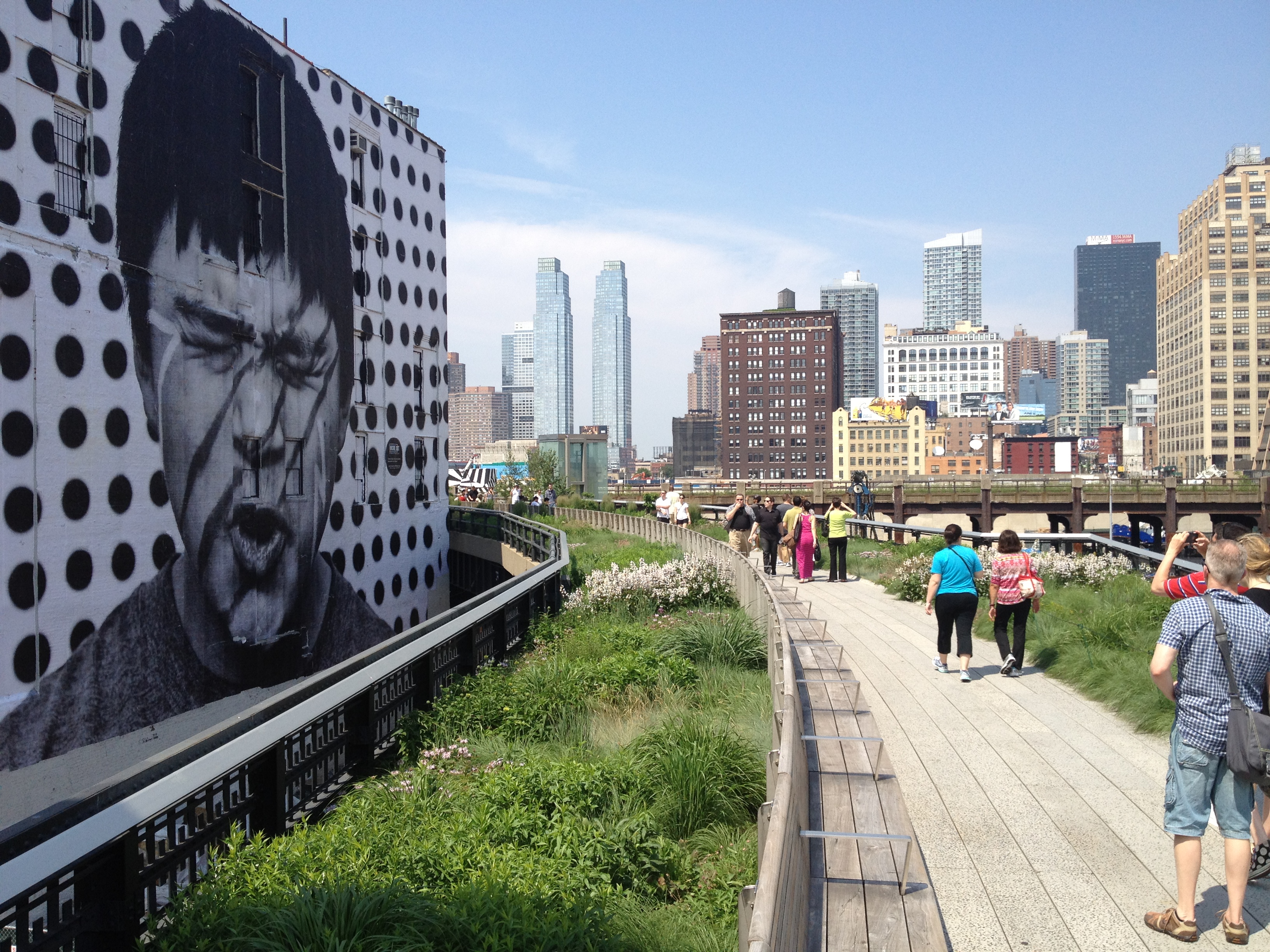While the current climate crisis tightens its stranglehold on contemporary society, many are those who put their faith in groundbreaking design and artistic innovation. As a side effect of the climate threat, this renewed celebration of creative agency may be welcome, not the least from a landscape architecture perspective since, in the context of sustainable development, every design action is also a landscaping gesture with environmental implications. Nevertheless, isolated from a broader societal context, these new eco-scapes risk ending up as nothing but attractive emerald patches disguising a sprawling global ‘junkspace’. As an expanded field of aesthetic and political agency, however, the emerging sustainability culture offers new perspectives on creative spatial practice. Approaching the environmental issue from the perspective of contemporary landscape related art practices, this article seeks to contribute to the articulation of a landscape aesthetics that would meet the requirements of our agitated time. Such articulation, however, requires a reconsideration of landscape aesthetics beyond the consoling and beautiful, as well as a fundamental shift in landscape thinking from representation to agency. The future eco-scape is not necessarily a sphere where you feel ‘at ease’, but a performative and unsettled space in constant transformation and change.
(Upper image: James Corner with Prince William and the Mayor of London, Boris Johnson (now Prime Minister) visiting the Queen Elizabeth Olimpic Park in London, (Field Operations Website)















